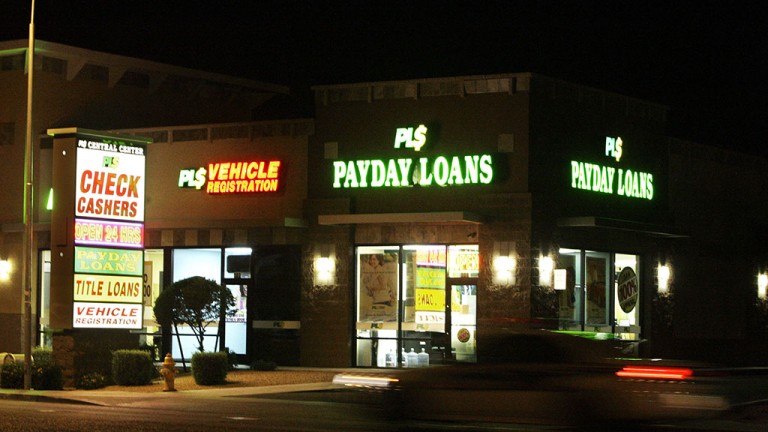America’s central bank plans to build its own real-time payment system, much to the chagrin of big commercial banks.
The news: The Federal Reserve has announced that it will create “FedNow,” a system that will allow real-time bank-to-bank payments, all day every day. The system the central bank runs now closes on the weekends and can take several days to settle payments.
The conflict: The Fed took years to decide whether it wanted to create its own payments system or leave it up to commercial banks. Those banks, which have already invested $1 billion into an instant payment platform that launched in 2017, say they built their system under the assumption that the Fed would not build its own. They worry that a public-sector competitor will have an advantage in the payments marketplace.
But the big banks’ service, called the Clearing House, has been slow to reach smaller banks. “FedNow will be accessible to all banks, no matter the size,” Federal Reserve governor Lael Brainard said yesterday during a speech announcing the project. “Given our long-standing service connections with more than 10,000 banks across the country, the Federal Reserve is uniquely placed to deliver this outcome.”
Why it matters: People who live paycheck to paycheck often need access to their money sooner than is possible in the current system. That’s one reason that Americans spend tens of billions every year on overdraft fees, payday lending, and check-cashing services. Real-time payments would help them avoid such expenses. The technology is already available; instant payment systems are up and running in many countries around the world. (Services in the US like Venmo and Paypal rely on the existing payment infrastructure.)
Playing catchup: Big Chinese tech companies Alibaba and Tencent already operate popular instant payment systems. In the US, Facebook has proposed one, called Libra, which would be based on a digital currency. “Facebook’s Libra project raises numerous concerns that will take time to assess and address,” Brainard said yesterday. “But one thing is clear: consumers and businesses across the country want and expect real-time payments, and the banks they trust should be able to provide this service securely—whatever the size.” But it’s going to take a while—the Fed aims to launch the new system in 2023 or 2024.

